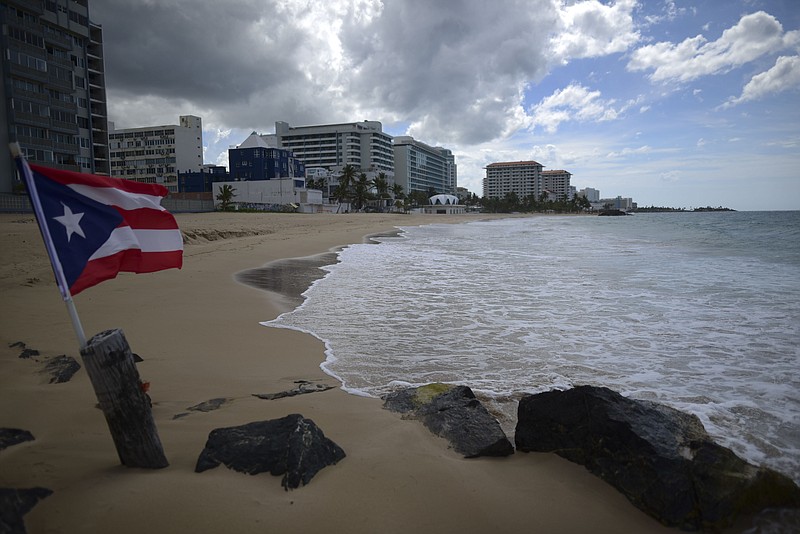SAN JUAN, Puerto Rico -- Puerto Rico's nearly five-year bankruptcy battle was resolved Tuesday after a federal judge signed a plan that slashes the U.S. territory's public debt load as part of a restructuring and allows the government to start repaying its creditors.
The plan marks the largest municipal debt restructuring in U.S. history and was approved after the judge held heated hearings in recent months and as the island struggles to recover from deadly hurricanes, earthquakes and the pandemic that deepened its economic crisis.
"Congratulations, Puerto Rico!" tweeted Natalie Jaresko, executive director of a federal control board appointed to oversee Puerto Rico's finances that had been working with the judge. "Financial stability. A new chapter to lead to renewed economic prosperity!"
The board said the plan signed by Judge Laura Taylor-Swain cuts Puerto Rico's public debt by 80% and saves the government more than $50 billion in debt service payments. Jaresko noted that the plan reduces claims against the government from $33 billion to just above $7.4 billion.
It also avoids proposed pension cuts that led to heated debates and a rift between the board and Puerto Rico's legislature and governor, which vehemently opposed them.
The plan notes that Puerto Rico has sufficient resources to pay the debt through 2034, but critics disagreed and warned of more austerity measures.
Still pending is the debt restructuring of some government agencies, including that of the Puerto Rico Electric Power Authority, which holds the most debt.
"This one is very important for the economy of Puerto Rico, because if it means a rise in energy costs, it makes us less competitive," said Jose Caraballo, a Puerto Rico economist and professor.
Gov. Pedro Pierluisi said that while the plan is not perfect, it represents a big step for the island's economic recovery.
"We still have a lot of work ahead of us," he said.
Jose Luis Dalmau, president of Puerto Rico's senate and a member of the main opposition party, also praised the plan and called it a transcendental step for the island's recovery.
"From this moment on, a new page of fiscal responsibility, good governance and unity begins, which will lead to a more prosperous economy, a climate of job creation and greater fiscal stability," he said.
Puerto Rico's government declared in 2015 that it could not afford to pay its more than $70 billion in debt accumulated through decades of mismanagement, corruption and excessive borrowing. It filed for bankruptcy in 2017, a year after the U.S. Congress created the financial oversight and management board.
